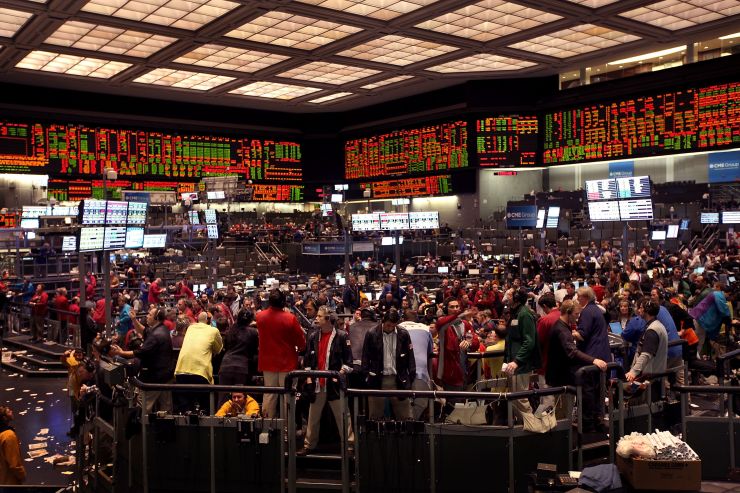
Doug Boneparth may not have the Twitter reach of Taylor Swift or Barack Obama, but the 24,000 people who follow the financial planner took to heart a recent message. It proved that 280 characters can be worth at least $1,000.
The tweet did not exactly go viral, but for the president of New York City-based financial advisory firm Bone Fide Wealth — who tweets early and often (as much about money as his love of coffee) — the $1,000 tweet definitely ranked as a top performer.
“If likes were money, I would have $1,000,” he said. “That tweet struck a chord. Something people were not expecting.”
The question from investors that got Boneparth riled up enough to tweet about is the idea that there is a specific place to invest $1,000. But the advisor claims that if someone has to ask the question in the first place, then it is a “strong indication” that the individual has not built the necessary fundamentals to be investing at all.
“Anyone with a clear understanding of goals and mastery of cash flows would know exactly what to do with $1,000,” he said. “The amount is telling and further indicates where you are in the scheme of things. Why bother to speculate with $1,000? A hot stock pick shows me you are not thinking long term. Nothing reveals you are not ready to invest like asking for stock picks.”
Why you should never fear missing out
It is hard to give up the gains that you see others are getting — especially the closer it comes to seeming like the opportunity may be nearing an end. After a decade of impressive returns across many public companies, from IPOs to tech-sector growth stories and blue-chip stocks, the uninvested might feel even more pressure to put any money they have to work in the market. But Boneparth said people need to understand that there is work to be done before you earn the right to invest. Fear of missing out does not grant that right. Buying an individual stock should never be confused with a long-term strategic investment plan.
“When you have finally earned the right to invest, it will more than likely coincide with disciplined, diversified long-term strategic investing. When you are investing for the long term, you want consistent average returns that drive the goal.”
Boneparth said earning the right to invest means understanding that the maximum reward an investor should expect is related to the amount of risk the investor should take.
If an investor wants to speculate with an opportunity investment — no more than 5% to 10% of an overall investment — a side portfolio comprised of fresh IPOs or even blue chips, that is distinct from the disciplined investing that would be in the best interest of people new to the markets.
“The way investments have been sensationalized creates the illusion that people are missing out on something, to the detriment of having a strong financial foundation,” Boneparth said.
What you should do with the first $1,000
An individual is in no position to put money at risk before they have figured out the fundamentals. That means for many the first place to put the first $1,000 is a high-yield money account “where you can make a real rate of return on money,” he said.
There are many high-interest savings accounts available, and intense competition in the financial services industry to offer the highest rate is a good thing for savers.
Online financial advisory platform Wealthfront recently bumped up its FDIC-insured cash account interest rate from 2.29% to 2.51%, which according to Bankrate.com is now the highest in the industry. Since launching in February, the cash account already has taken in $1 billion in customer deposits. The old guard on Wall Street are also making a big play for these dollars, with Goldman Sachs’ mass market online financial effort, called Marcus, offering a cash account with a rate of 2.25%.
Recent research indicates that many American adults remain unable to cover relatively small emergency expenses. Near 40% of Americans surveyed by the Federal Reserve said that they could not cover an unexpected $400, with 27% saying they would need to borrow money or sell something, and another 12% saying they had no way to cover the $400.

